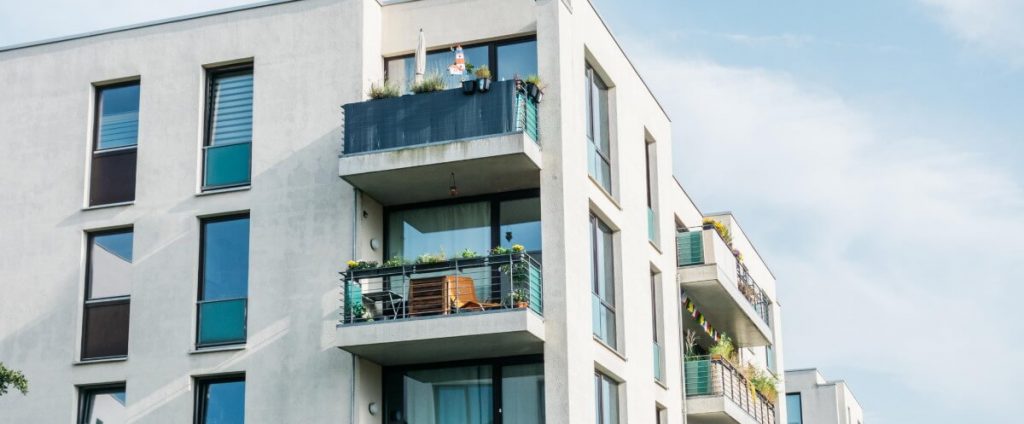Owning apartments poses an interesting challenge to real estate investors, being one part investment and one part career. On paper, there appears to be little room for error – you fill the building with tenants, collect rent from them, and make a profit. The problem is that the course of investment hardly ever runs that smoothly, and to make this one successful the investor will need to know their stuff.
Table of Contents
To start with, it takes a significant amount of money to buy multiple apartments, and what you make from it will be directly dependent on what you are able to put in. Ownership of apartment buildings has several key considerations that other real estate investments do not necessarily have. It’s not as simple as buying a property alone and filling it with tenants. Apartment building investors need to select an effective property management company and have good market timing to name just two examples. There’s a reason why less experienced investors are advised to take on single-family properties to start with!
Rental property requires a lot of hands-on attention than stocks or bonds would. So why invest in this type of real estate?
The answer is that while managing multiple apartments requires a more in-depth understanding than owning and managing single-family homes, there are still many benefits. While not everyone’s cup of tea, multifamily holdings are typically the least volatile of all real estate investments, help you accumulate notable equity, and create significant cash flow to boot.
So, is owning apartments profitable? And what are the steps to take if you want to pursue this path?
Classifying The Type of Apartment
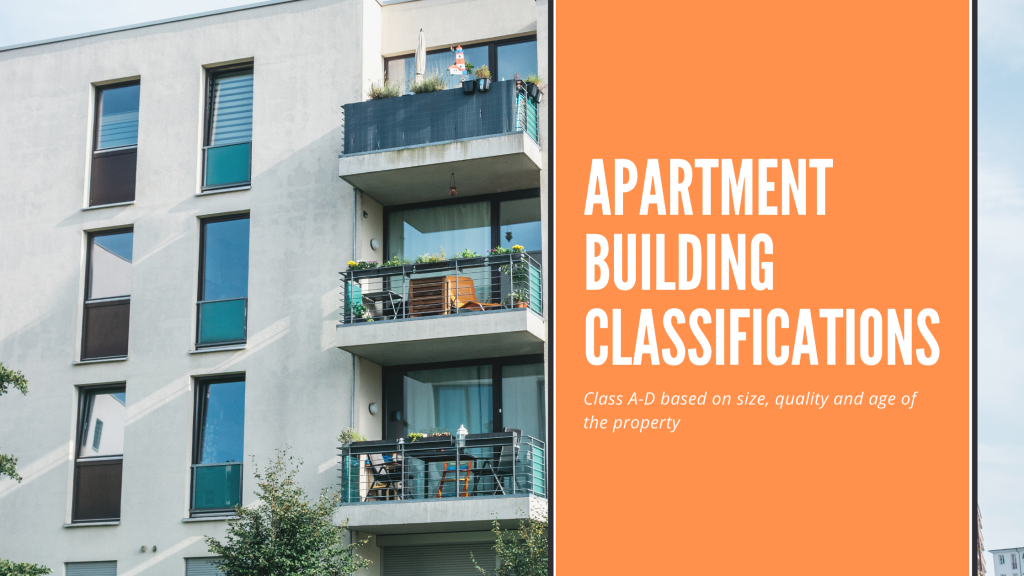
In the US, apartments are classified on a specific scale (A to D) that can help guide investors on which to invest in. Apartments are ranked on the scale based on their size, quality, “newness” and the number of close by amenities.
Apartments that fall into category A are luxury apartments, usually under a decade old and located in geographically attractive areas. As a result, rental income for a luxury apartment will be high. In category B, the properties can be between 10 and 25 years old and have mostly middle-class tenants. Class C properties are older buildings between 30 and 40 years old, located in lower to moderate-income areas with rents below average.
Lastly, properties falling into category D are government-subsidized housing, positioned in lower socioeconomic areas.
Why are these categories relevant to you as the investor? Well, if you have assets in category A or B, you’ll be able to get more support from lenders. Recognition from lenders leads to other more major benefits such as more financing options, higher leverage, a primary source of collateral, and much more. As properties go down the scale, the options available to the investor decrease. These classes should be used as guiding criteria when vetting potential multifamily properties to invest in.
From there, the investor needs to set up a plan, which includes a budget and market research. The investment property you choose will play a significant role in how profitable your overall investment will be. The investor needs to balance a variety of factors here, such as how much is necessary for them to live comfortably, what the area’s average rental price is, and the cost of potential buildings they want to acquire.
When it comes to budgeting, investors will need to walk a fine line too. Not everyone can afford properties in class A, but everyone wants their rental property to be a successful one. Older apartment buildings with fewer amenities will be on the more affordable side of the scale but can come with hidden costs, particularly when it comes to repairs.
That’s why when it comes to this type of real estate investment, it pays to have previous construction and investing experience. For example, flat roofing, poor plumbing repairs, and hazardous materials like asbestos are often found in older buildings, and it pays to be able to know what needs to be done and how much it will cost.
Calculating ROI For Apartments
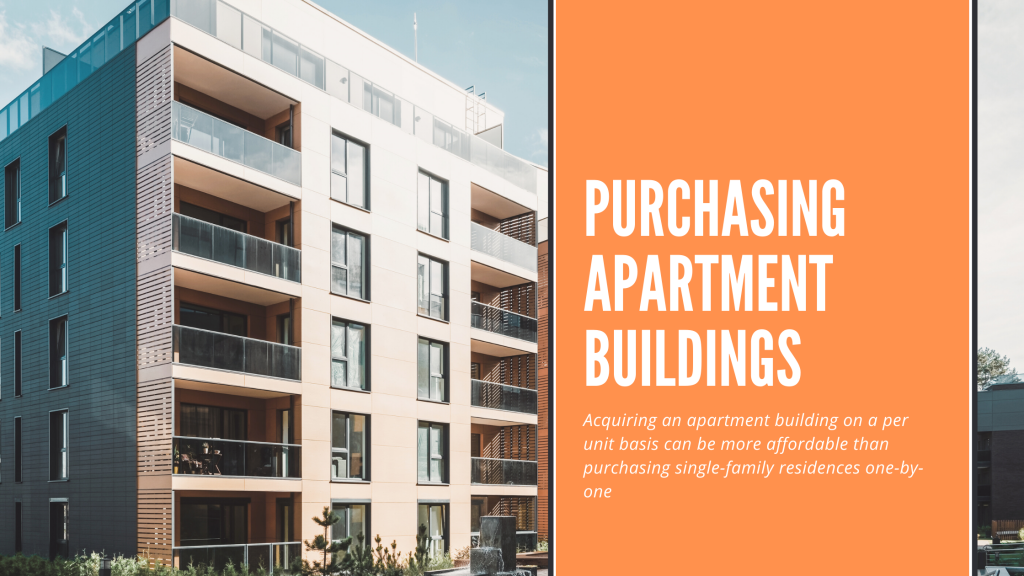
It can be tricky to calculate the exact ROI that can be earned from apartment investing, partially because you have so many tenants to deal with. To ensure that your cash flow calculations are correct, it is very helpful to apply a realistic vacancy rate when working out the net operating income.
Smaller, older buildings will be more affordable but modern buildings with more units and amenities are more popular with tenants. Purchasing a building that you are unable to fill will ultimately lead to less rental income.
There are many common misconceptions about the finances behind owning a multifamily apartment While purchasing one is significantly more costly than a single-family home, there is something else to consider. When looking at your overall portfolio, acquiring an apartment building on a per unit basis can be more affordable than purchasing single-family residences one-by-one.
Another factor to consider is that the investor does not need to have the full funds available to purchase and operate the property right off the bat. The majority of the properties in this category are financed using loans, either from banks, private lenders, or even crowdfunding platforms.
While tenancy is important, with multifamily properties the risk of high vacancy rates is lower, and unlike single-family properties, when one tenant leaves there is still income being generated by those remaining in the building. That being said, you still need to be mindful of tenant turnover, as this will impact your cash flow and the amount of time you need to spend managing the property.
One of the important factors to keep in mind when budgeting for this type of investment property is repair costs. When purchasing older properties, hidden costs also commonly come up, especially under the category of repairs and maintenance. If your building is over 25 years old, the chances are good that there are several changes you will need to make to ensure the property is safe and up to code. Investors need to be prepared to deal with asbestos in the walls, popcorn ceilings, old electrics, and other hazards that can easily add up and become expensive.
For this reason, it’s important to work with a professional and inspect the building carefully prior to making an offer – this is the only way to get a jump on these issues and adjust your budget accordingly. It’s good practice to leave a little wiggle room in your financial plans just in case an issue arises that needs to be dealt with quickly.
Estimating Apartment Costs
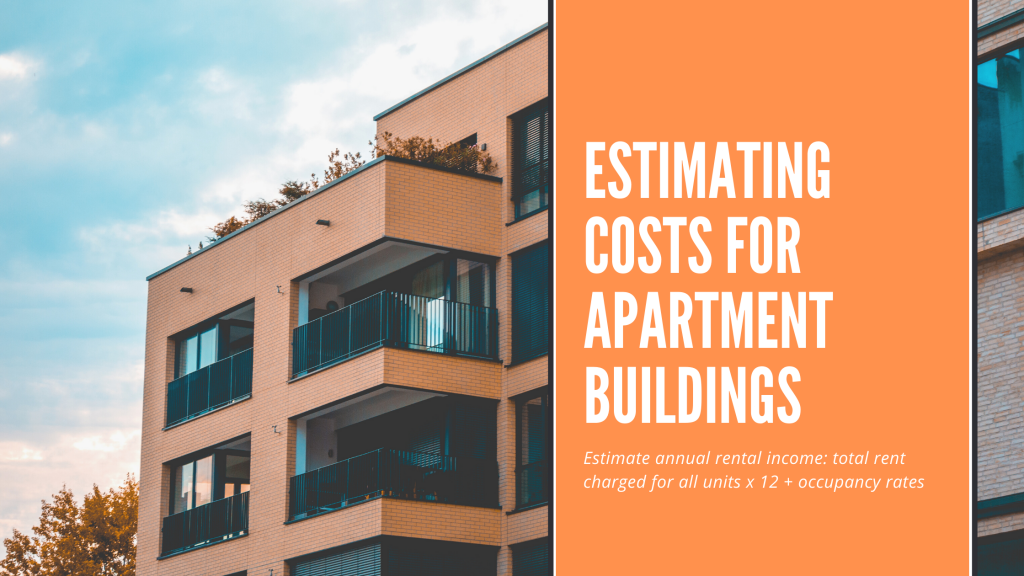
When looking for a set of apartments or buildings to buy, take the time to consider and compare preliminary estimates and prices.
The first step to officially calculating your estimated income and expenses is to have a basic idea of what rental amount will be charged for each unit in your building. You should be able to accurately estimate rental prices by researching the rental costs of similar apartments in the area.
From there, the calculation you should use to estimate annual rental income is total rent charged for all units x occupancy rate x 12. This formula is particularly useful when considering several different investment options and can help you differentiate which of the buildings you are considering investing in will be the most profitable for you.
Along with the above, investors can also estimate what their net operating income will be. For net operating income, the investor needs to calculate the annual income from the apartments, and then deduct all of the expenses associated with the annual ownership and management of the property investment.
Some of the common expenses that the investor will be responsible for include insurance, property management fees, taxes, utilities, loan repayments, and more. When looking into buying a property of this nature, it’s a good idea to take a look at historical operating data. This data will also give you something to measure your own expenses against and look for places to save.
Managing Apartments Successfully
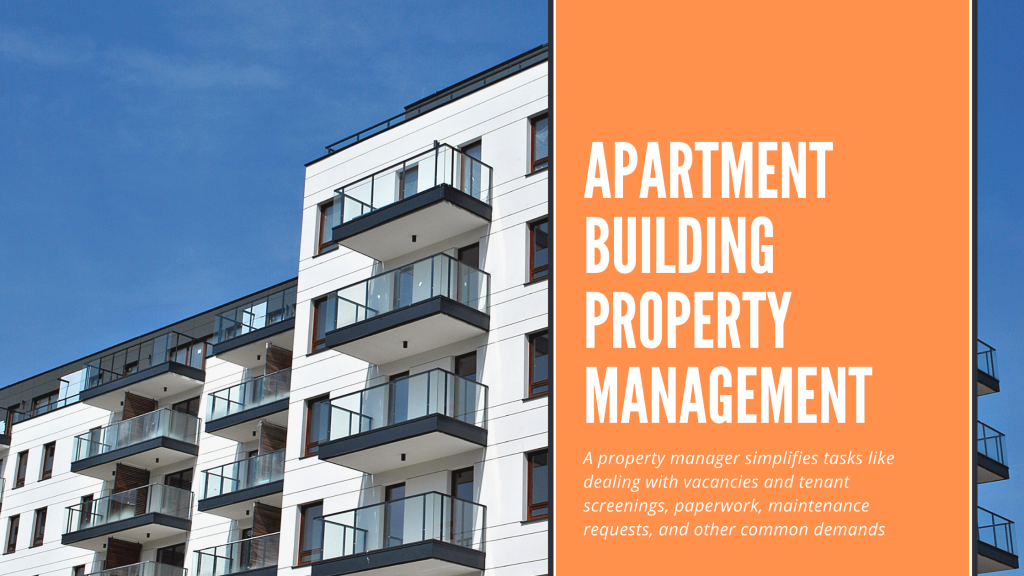
Due to the hands-on nature of an apartment property, a natural course of action is to work with property manager s. A property manager simplifies tasks like dealing with vacancies and tenant screenings, paperwork, maintenance requests, and other common demands. As the owner of a multifamily property, finding a property manager that you can trust is imperative, especially if you are not interested in managing the building yourself.
There are distinct advantages to working with a property manager. Working with a property manager frees up the investor to pursue other activities, whether that be a career or other investment options. Having someone to manage tenant screening, rent collection, repairs, and maintenance and maintain the property for you takes a lot of pressure off of the investor.
On the other hand, hiring a property manager is an added cost that will need to be factored into your estimated expenses. How much it will cost will depend on the property manager you choose, with some charging a percentage of the rental value and others charging a flat rate per unit.
However, it’s highly recommended that investors go for this option due to the complexities of handling multiple properties and tenants at once. Working with a property manager is ultimately a long-term relationship that you are building. In the long run, the cost is less important than the communication between the two parties and the quality of the services they are able to render.
Final Thoughts
If you’re looking for a short answer to how profitable it is to own apartments, the answer is that it can be if you know what you are doing and what the steps are to take.
The initial cost of this investment may be higher than other asset types but significant profits can be made if the rental prices cover the expenses. Besides profits, multifamily properties like apartment buildings are less volatile than other types of real estate investments and maintain some form of income even when one tenant leaves.
Investors interested in this type of investment should not underestimate the cost of owning multiple apartments, however – both financially and in personal effort. There’s a reason why owning apartments is considered to be just as much a job as it is an investment. Luckily, investors can look for and rely on property managers to help them cover all the bases when it comes to day-to-day operations, as long as they choose them wisely.
Dealing with an apartment building is more complex than owning single-family homes with many factors that can affect the investor’s bottom line. If you find the right deal, you’ll be assured to make good income for years to come.
